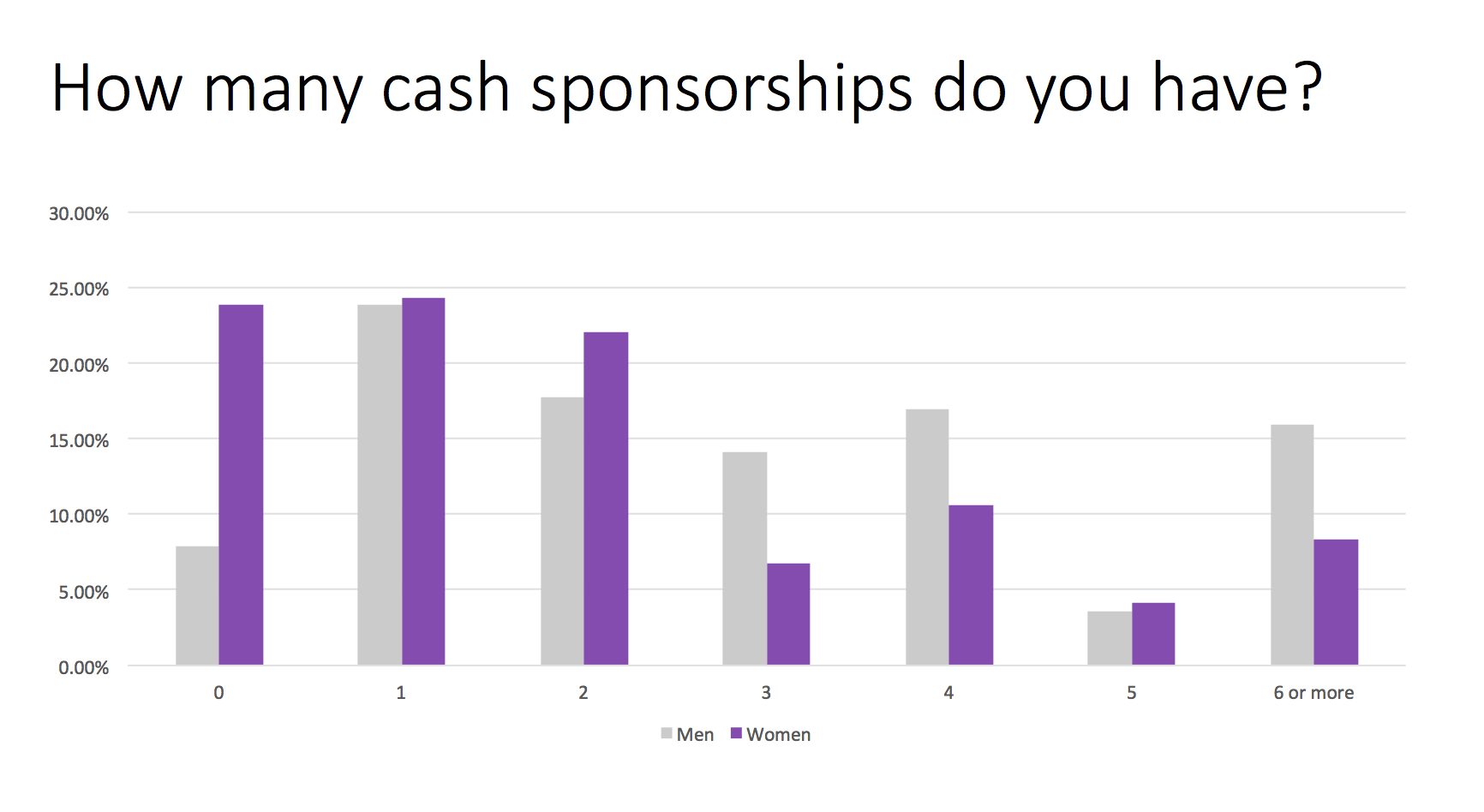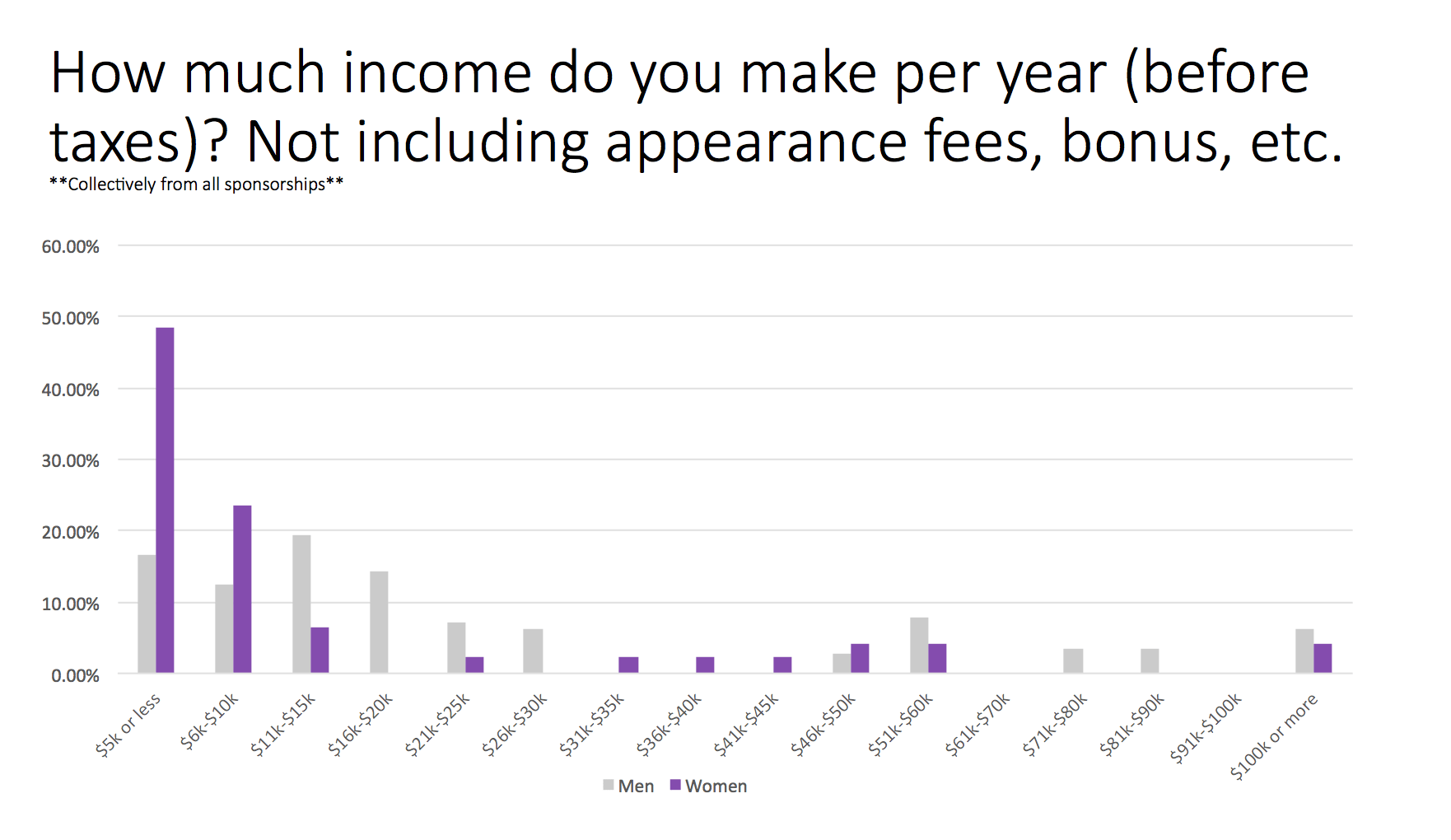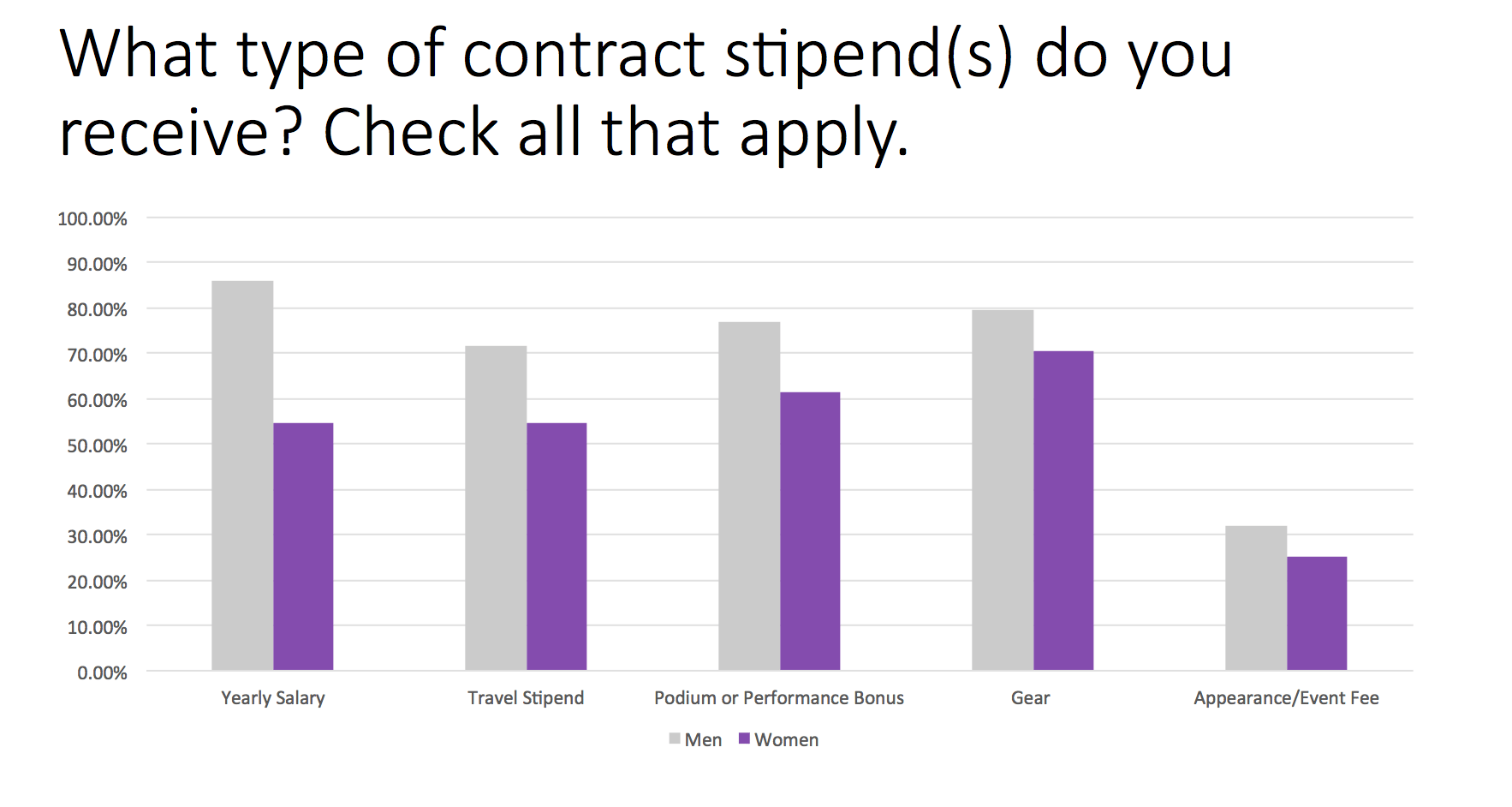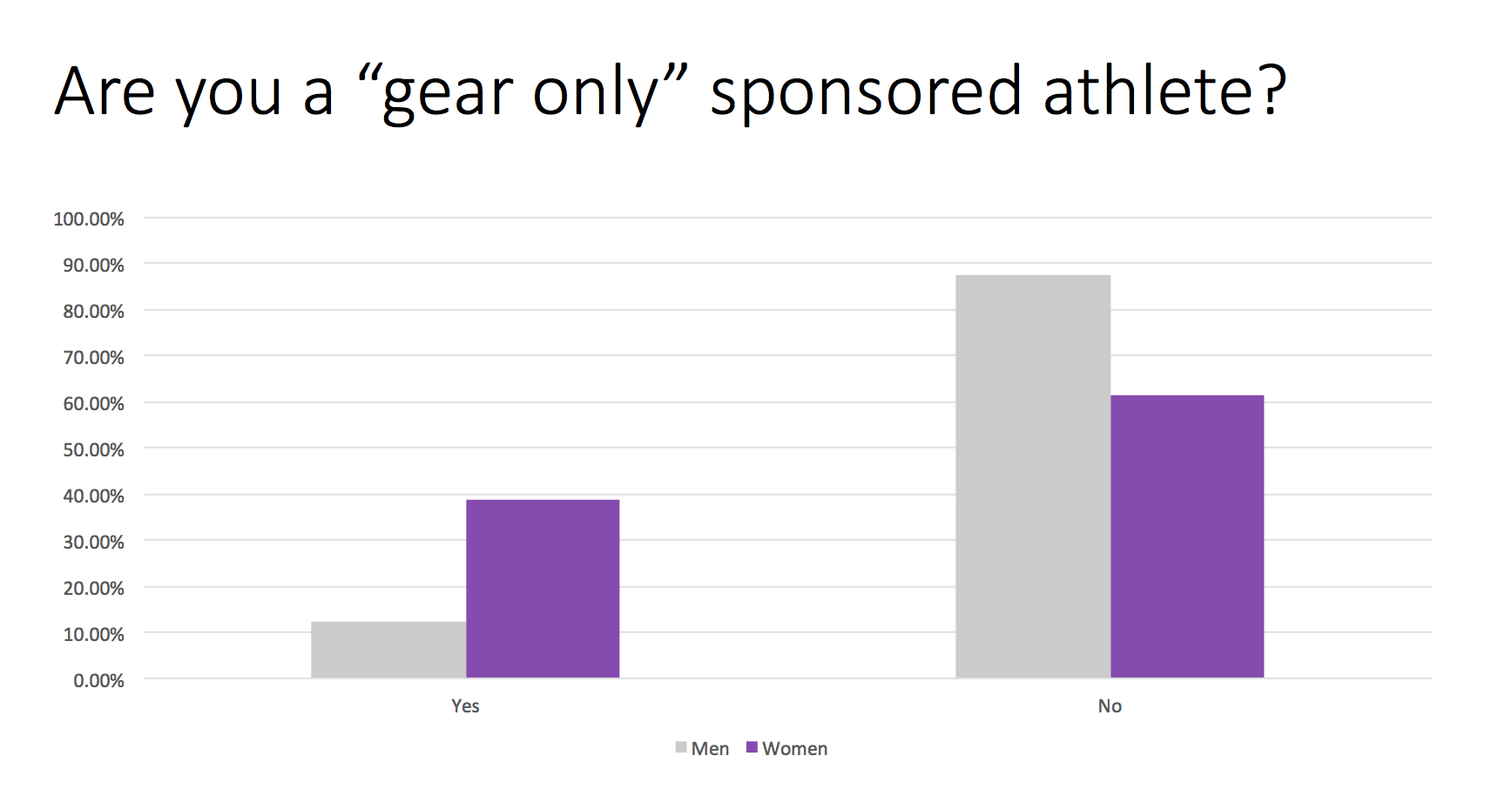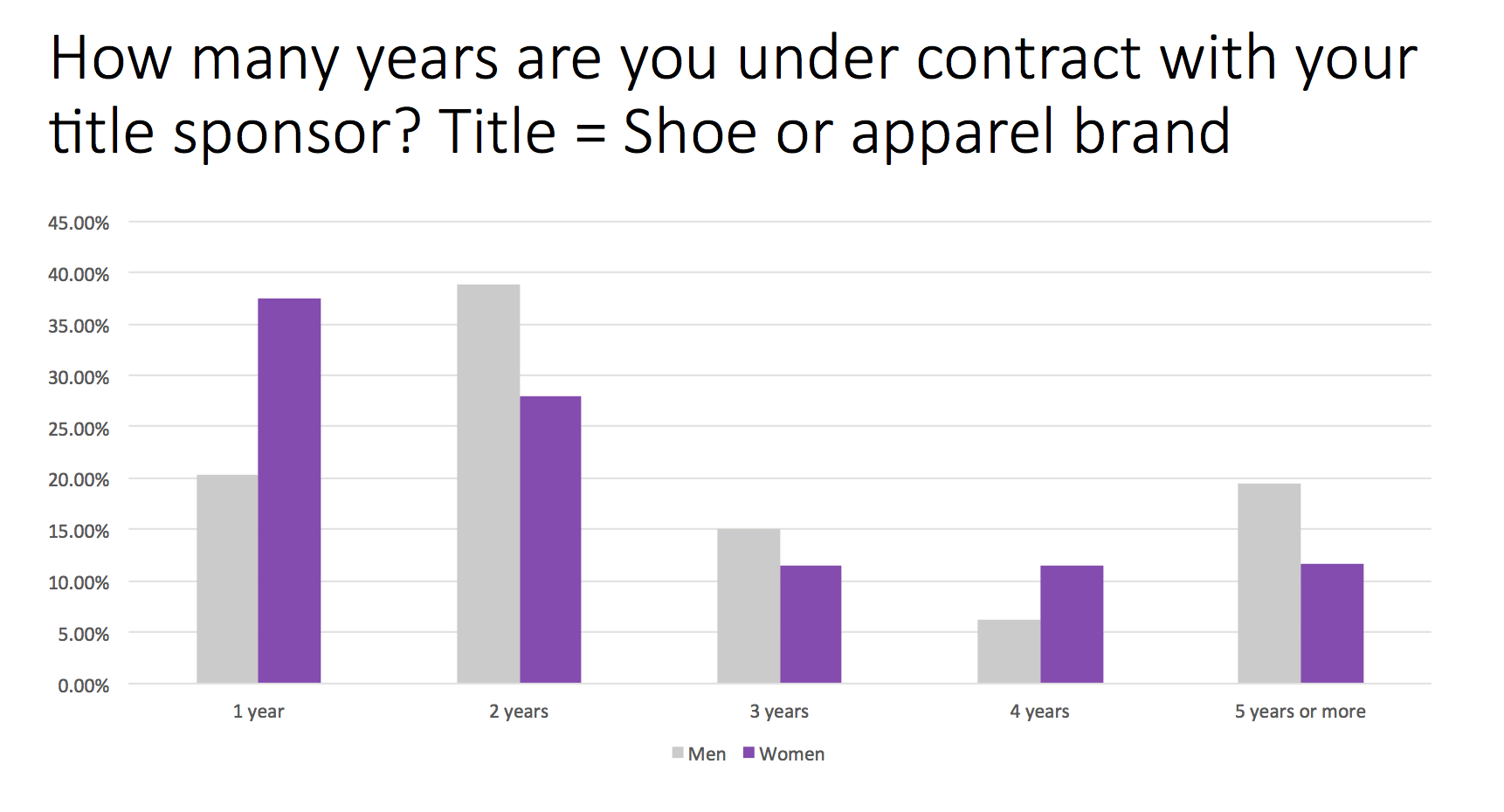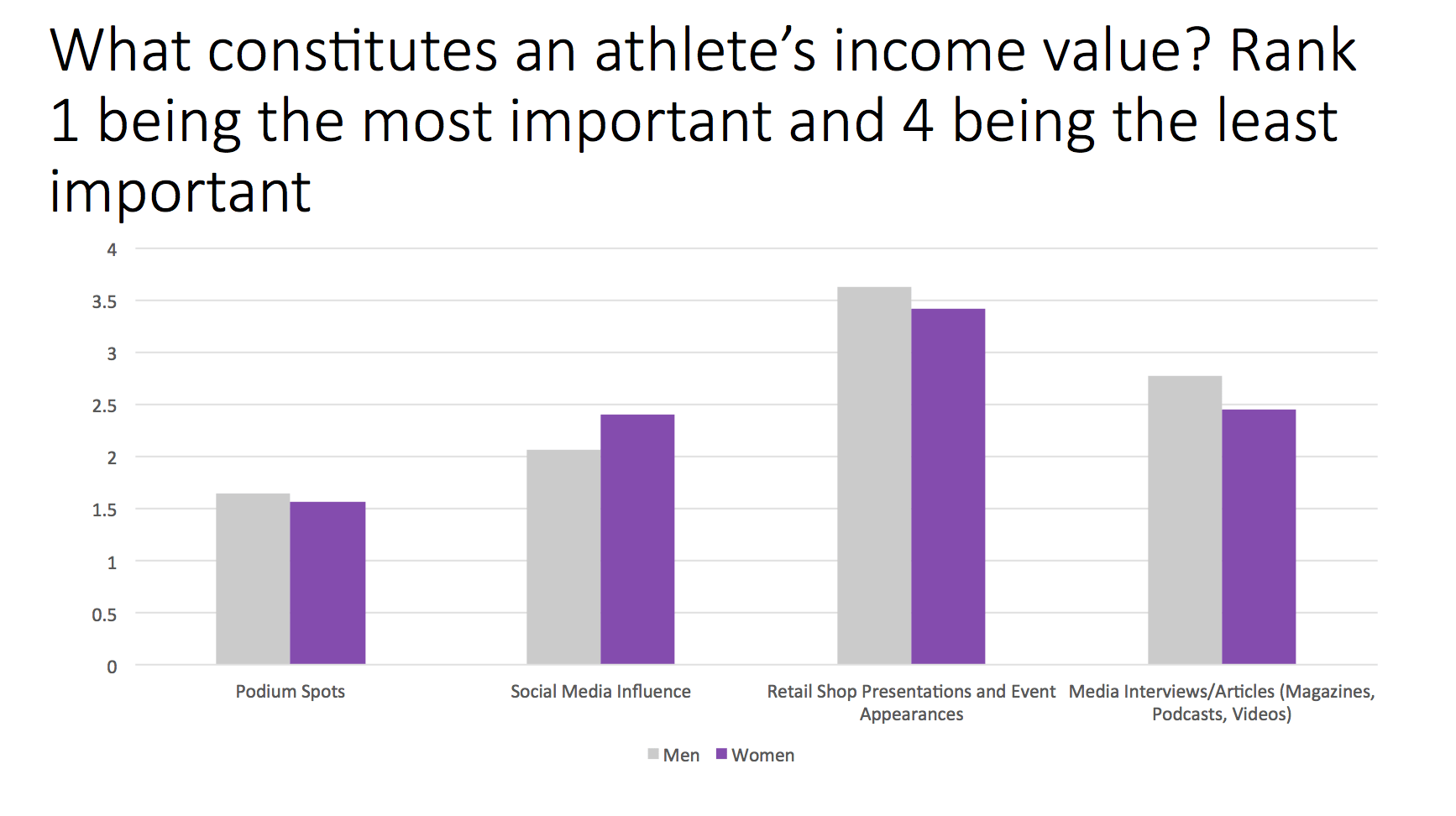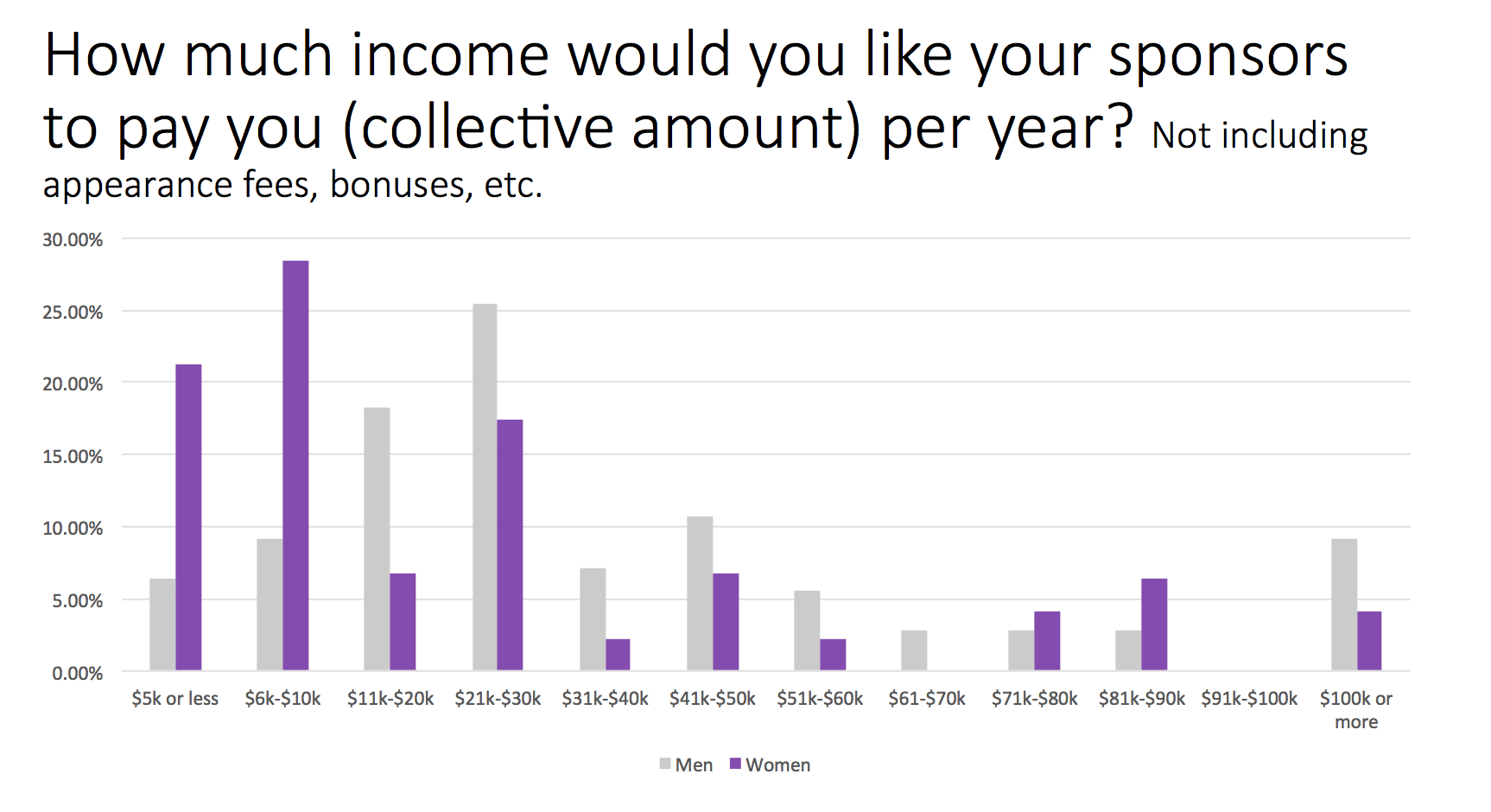[Editor’s Note: This article was written by the Trail Sisters’ Gina Lucrezi.]
Gender inequality. It’s one of the longest-standing debates the human race endures. From as far back as anyone can remember, men and women have had their supposed roles and duties, which in turn has decided their societal value and worth. In a number of professional sports, gender-based pay discrepancy is common. This 2016 Newsweek article compares women’s versus men’s pay differences in professional soccer, tennis, golf, and basketball, and it also highlights a few female athlete outliers who are paid more than men. The book Daughters of Distance by Vanessa Runs contains a good summary of gender-based pay differences in several endurance sports; back in 2015, we published the relevant excerpt from that book here on iRunFar and hosted a discussion about women’s versus men’s pay in athletics.
It’s 2017, and the demand for equality is getting louder: equal standards, equal opportunity, equal pay, equal respect. The United States women’s national ice hockey team and the United States women’s national soccer team are examples of women standing up for what they feel they deserve and are due. The U.S. women’s ice hockey team has declared a holdout until receiving increased wages and support from their governing organization, USA Hockey, and the U.S. women’s soccer team has hired lawyers to help them fight the battle for equal pay with the U.S.’s soccer governing body, the U.S. Soccer Federation.
The rapid growth of trail and ultrarunning has also meant a recent increase in athlete marketing within our sport. What this means is that brands utilize and promote top-level athletes as influencers to the consumer market in hopes of bettering their chances for sales. This includes athlete imagery, advertising campaigns, social-media posts, videos, in-person events, and even product-specific endorsements.
For readers who don’t know me, I’m very involved in the trail and ultrarunning community. I work within the industry, compete at a sponsorship level, and have many relationships with runners at the top level, especially in the U.S. These relationships have led to many conversations revolving around equal compensation and opportunity for women and men. As an advocate for women in our sport, I have become curious to learn and compare differences between female and male top-level trail runner/ultrarunner compensation/benefits. My goals with this article have been to find out about women’s versus men’s elite athlete compensation and contractual standards to see if there are gender-based differences and, if there are, to create conversation and action around community expectations and company practice.
To do this, I created a nine-question survey about sponsorship salaries, contract lengths, and perspectives on marketing values. I sent it out to 50 top-level women (28 in the USA and 22 in western Europe) and 62 top-level men (30 in the USA and 32 in western Europe). iRunFar Senior Editor Meghan Hicks and I worked together to choose men and women along a wide but comparable-between-genders spectrum who have had national-level and international-level performances, who have ‘celebrity’/social-media status, and who participate in a variety of kinds of trail and ultrarunning (like road ultrarunning, shorter-distance trail running, and more). Respondents participated anonymously in the survey.
I can feel your curiosity building, so I’ll jump into the survey results.
Survey Questions and Results
A total of 34 women (22 USA women and 12 western European women, 68% of those to whom we sent the survey) and 33 men (19 USA men and 14 western European men, 53% of those to whom we sent the survey) chose to participate in the survey. I’ve placed the results in graph form for an easier comparison. Most of the questions and answers are pretty straightforward, but I’ll comment on the questions with the largest differences.
Take a moment to let this result set in. Of the athletes who participated in the survey, 71% of women make $10,000 or less per year, whereas 71% of men make over $10,000 per year.
Ironically, right now the fastest-growing consumer demographic in the outdoor industry is women. According to Outside Magazine’s Stephanie Pearson, “Women count for 63 percent of the spending on activewear in the U.S., with huge growth each year…” This means that, in the next few years, you are going to witness a ton of marketing strategies and campaigns pushing female-specific, her-friendly, she-pleaser materials and activities. For more interesting insight on the current state of women’s roles in the outdoor-sports industry, check out the following articles on Racked, SGB Media, and the Huffington Post.
I find it quite interesting how valuable women are when it comes to being key consumers, but that value is quickly lost when it comes to compensating them for their equal efforts alongside male teammates and counterparts.
The next question I want to focus on deals with the athlete’s perceived value of their worth. I wanted to know what women and men thought their results, social influence, celebrity, etc., should be valued at.
That is, 49% of female survey respondents felt as though they deserved no more than $10,000 per year, whereas 15% of male respondents felt as though they deserved no less than $10,000 per year.
The majority of women who responded to the survey don’t value themselves for more than $10,000 per year. The male survey respondents seem to have no trouble valuing themselves highly, and, according to survey results, are being rewarded with higher pay. I have to admit, I was baffled at the results for this question and wonder if there are deeper-rooted gender issues at hand here.
Deeper-Rooted Gender Issues in Athletics
During this project, I had the chance to speak beyond the survey with some female and male potential respondents about their thoughts, wants, and fears–these were potential survey respondents who chose to interact one-on-one with me beyond the confines of the anonymous survey. Some women expressed to me that they were excited to hear about the article I proposed to write and were willing to provide information. Obviously they requested that I keep it confidential. They thanked me for my bravery and the noise I was about to create, as this would hopefully lead to more conversation and change for financial equality.
When speaking with potential male respondents, I received a mixed bag. Some were super excited to participate in this survey, but others were fearful. Concerns of sharing their stipend/salary information could result in a pay cut because of a potential balancing act. There were also fears of the public’s reaction to the results. What would consumers and fans think?
My original intent was to solely display the results of any financial inequality between the pay of top-level male and females–which exists in trail and ultrarunning at least according to the results of this small survey. I couldn’t help notice an even larger issue… a fear of rocking the boat.
Women want equality, but very few are willing to stand up and ask for it publicly. I get it, it’s hella’ scary to address an issue which has been made a ‘taboo’ topic, but if you never voice your thoughts and needs, you will never get what you think you deserve. Sure, some people will say no, or will disagree, but who wants to team up with people or organizations who don’t believe in male and female equality. (Did I mention it’s 2017?)
Here’s what I think: women, don’t be afraid to make a statement! You are strong and have the ability to control what you deserve. I’m hopeful to help us all by writing this article, but I cannot fight an equality battle all on my own. Ladies, take a stand for yourselves!
As for the men, just because there is a push for financial balance when both male and female athletes achieve the same standard, that doesn’t have to mean you will receive a pay cut. Maybe company budgets should just include enough to cover both sexes in the first place–and a man can be just as strong an advocate for this as a woman. Additionally, supporting your fellow female friends in gaining financial equality can benefit you, too. You are going to have many more supporters and fans on your side if they know you are pro equality. Just sayin’.
Let’s Have a Conversation
As a run-industry professional, sponsored runner, and friend of the community, I really hope that everyone who reads this article can take the time to digest it, and then create conversation regarding their thoughts. Everyone is entitled to their opinion, and I look forward to hearing those opinions on what the trail and ultrarunning industry and community can do to address these issues moving forward.
One thing we want to mention, whether it’s trail running or road running or tennis or golf or whatever sport, most people don’t receive any remuneration. Period. However, some do as ambassadors and inspirations, at least to some of the others in the sport. Since this is the case in trail and ultrarunning, this article seeks to take a look at the difference in support between genders.
And please note, there can be no finger pointing at any single entity, as it takes everyone involved to create change. With that being said, if you want to get involved, here are a few things you can do.
- Share this article with your friends to create more conversation.
- Read up on your favorite company’s practices and initiatives. If you can’t find their position on sponsored-athlete pay, politely ask them. See what they are doing to provide equal standards and opportunity to both men and women. If you don’t like what you read/see, write them a constructive note!
- Support companies who provide gender pay equality with your buying power as a consumer.
- Support and empower athletes to use their voices to speak up for equality and against inequality.
- Cheer as hard for your favorite female athletes as you do your male ones–follow them on their social-media channels, give them a yell and a high five at races, watch and read their interviews on the internet, and more.
Here are a couple more questions related to the survey results that I want to field to you as a reader. I’d love to know what you think. As noted by Outside Magazine and other publications, women are valuable for their spending potential, but why do they lose value when it comes to being compensated for achieving the same standards as men–in many professional sports, and potentially here in trail and ultrarunning? What were your thoughts when reading the financial value men and women placed on themselves?
[Editor’s Note: Gender issues are always a touchy subject. We invite you to participate in a discussion in the comments section of this article, but kindly do so in a constructive way. Dissenting opinions and debate are always welcome on iRunFar, but we require you to express yourself respectfully. Have a look at our comment policy before you comment if you have any questions. Additionally, comments pass through a moderation process that is sometimes automatic and at other times manual. Thus, there may be a delay in the publishing of your comment. We are additionally grateful to Mauri Pagliacci, François Grenier, and Jenny Davis who helped us with translations of survey materials into multiple languages. Thank you!]

